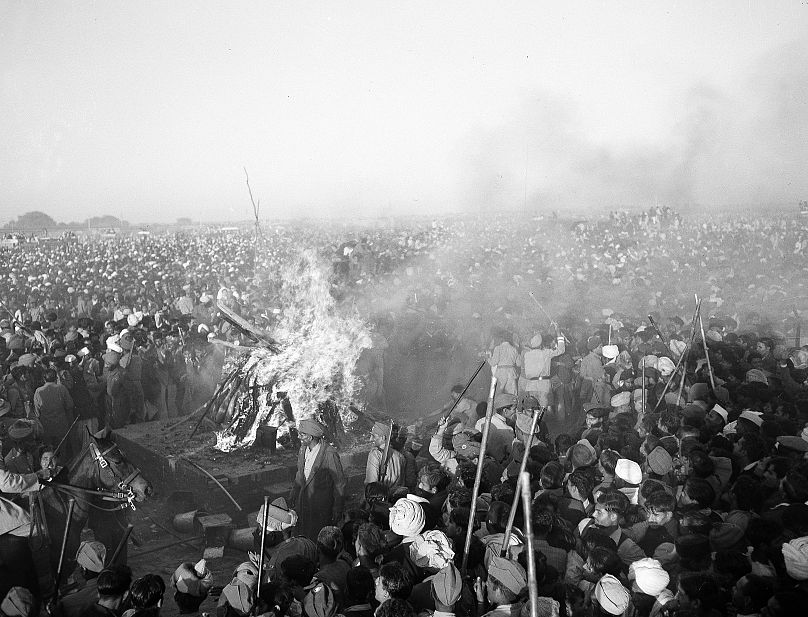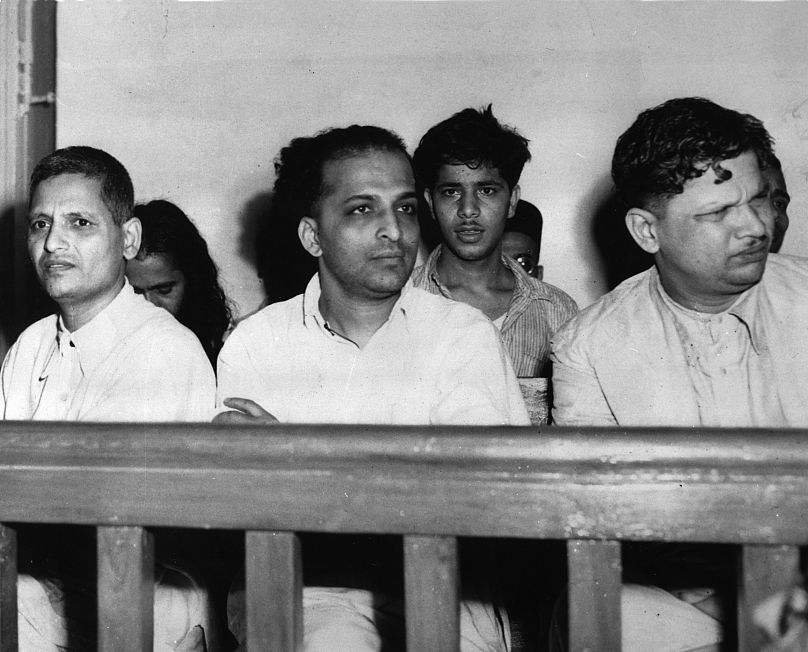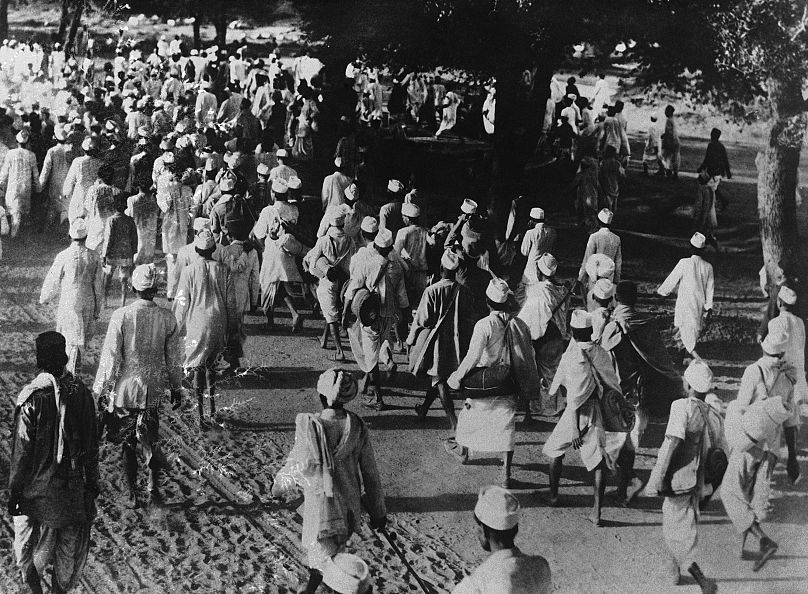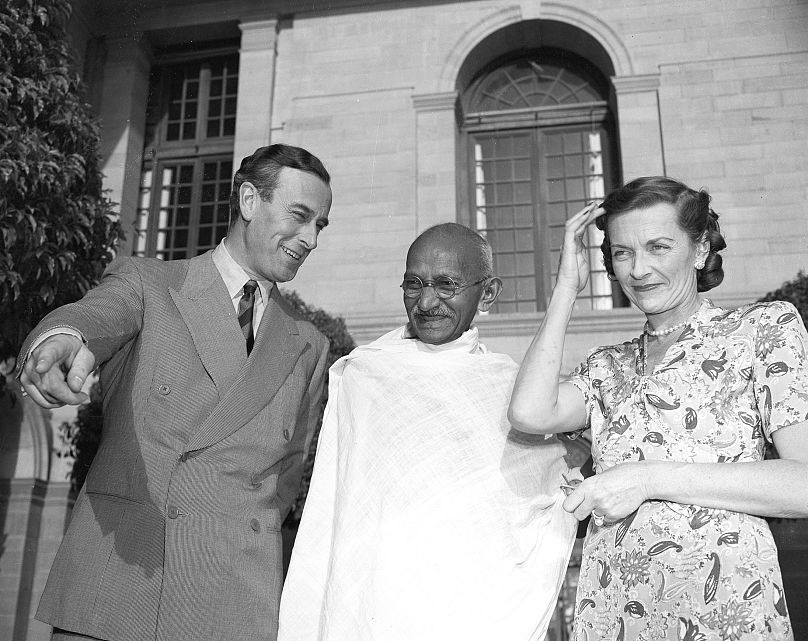On the anniversary of his assassination, we take a look back at why Gandhi is such a key figure in India's history.
30 January 1948: Mahatma Gandhi is assassinated
On this day in 1948, the 78-year-old venerated Indian revolutionary Mohandas Karamchand Gandhi was assassinated by Hindu nationalist Nathuram Godse. Gandhi had just finished conducting a prayer session when Godse shot him three times at point blank range. 30 minutes later, one of India’s greatest symbols of independence was dead.
Known by the honorific Mahatma, a million people joined his funeral procession before Gandhi’s ashes were sent around India for collective memorial services. His assassin Godse and collaborator Narayan Apte were hanged on 15 November 1949.
Ever since, Gandhi has remained one of India’s most striking figures for his peaceful approach to protesting the injustice of the British Raj. Born to a Hindu family in Gujarat on 2 October 1869, Gandhi trained as a lawyer in London before moving to South Africa where he lived for 21 years.
Witnessing the racism from Britons to Indians and other races in South Africa, Gandhi began peacefully campaigning for civil rights. He would take up that battle as his life goal.
On his return to India, Gandhi brought with him a reputation as a skilled community organiser and campaigner for India. He joined the Indian National Congress in 1915. By 1920 he was the leader of the organisation.
Gandhi’s skills lied in his excellent oratory ability and his absolute belief in his principles. He coined the term “satyagraha” or “truth force”. A portmanteau of the Sanskrit words for “truth” and “holding firm to”, satyagraha referred to Gandhi’s insistence that a peaceful resistance that holds the values of truth and love is the greatest way to achieve your goals.
Satyagraha became a defining element of Gandhi’s political career. Gandhi and other Indian nationalists objected to the British government’s oppressive colonial regime in India.
Noticing that the British tax on salt contributed to over 8% of the British Raj’s revenue and deeply affected the poorest Indians, Gandhi chose salt as one of his major protests. Leading a 388 km march to Dandi to make salt himself, thousands joined Gandhi in his break with British salt laws.
As the Indians stood peacefully in Dandi, British officers beat and arrested up to 90,000 people. The response galvanised Indians in opposition against the British. It set the stage for Gandhi’s most vital protest.
In 1942, Gandhi started his “Quit India” campaign. He had refused to support India’s involvement in World War II as fighting a war for democratic freedom while India was denied that same freedom was absurd. Gandhi was arrested and spent two years in prison, often enduring hunger strike unless his demands were met.
By the end of the war, Britain began decolonisation. Plans were set up by the last British Governor-General Viscount Louis Mountbatten to partition India into India for Hindu majority and Pakistan for Muslim majority peoples.
The plans were controversial and Gandhi campaigned to keep the peace between Hindus and Muslims in India. It wasn’t to be, and on 15 August 1947 the partition of India took place. Gandhi didn’t celebrate but fasted instead. His peaceful protest is believed to have had a role in stopping the ensuing violence between Hindus and Muslims.
Just half a year later, Godse, enraged by appeals to Pakistan founder Muhammad Ali Jinnah and continued efforts to cede power to the other nation, murdered Gandhi.















